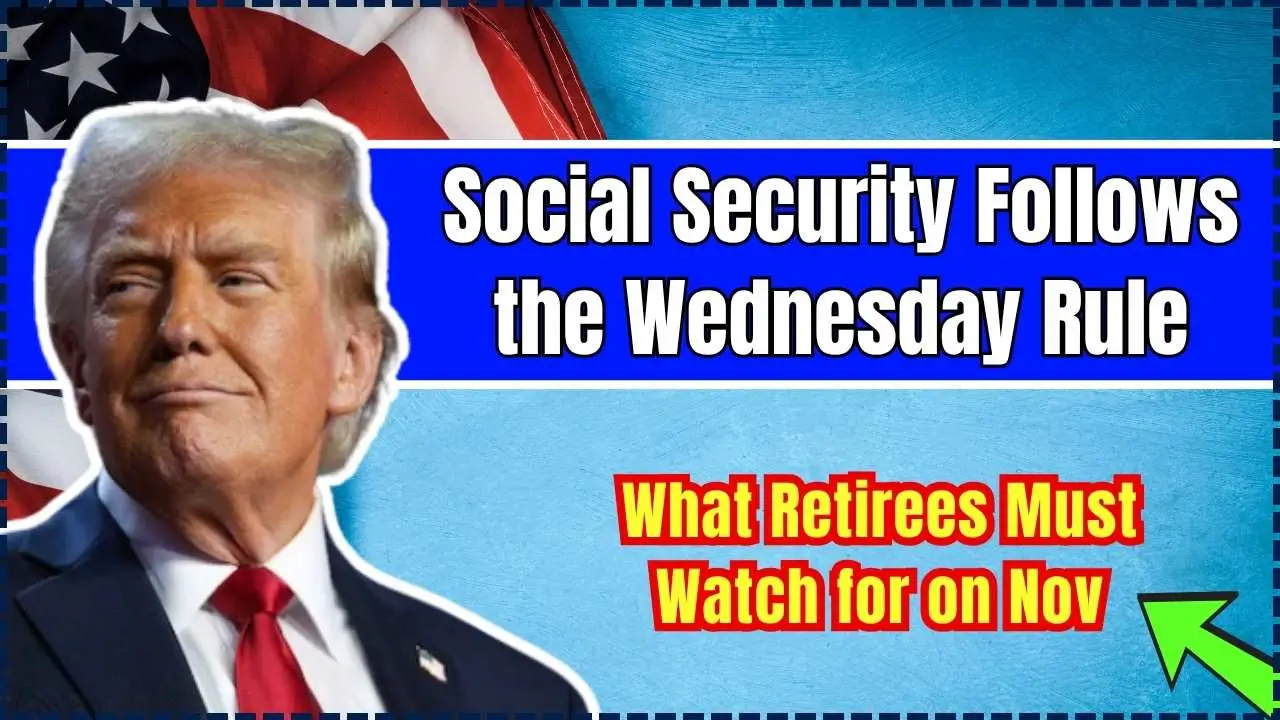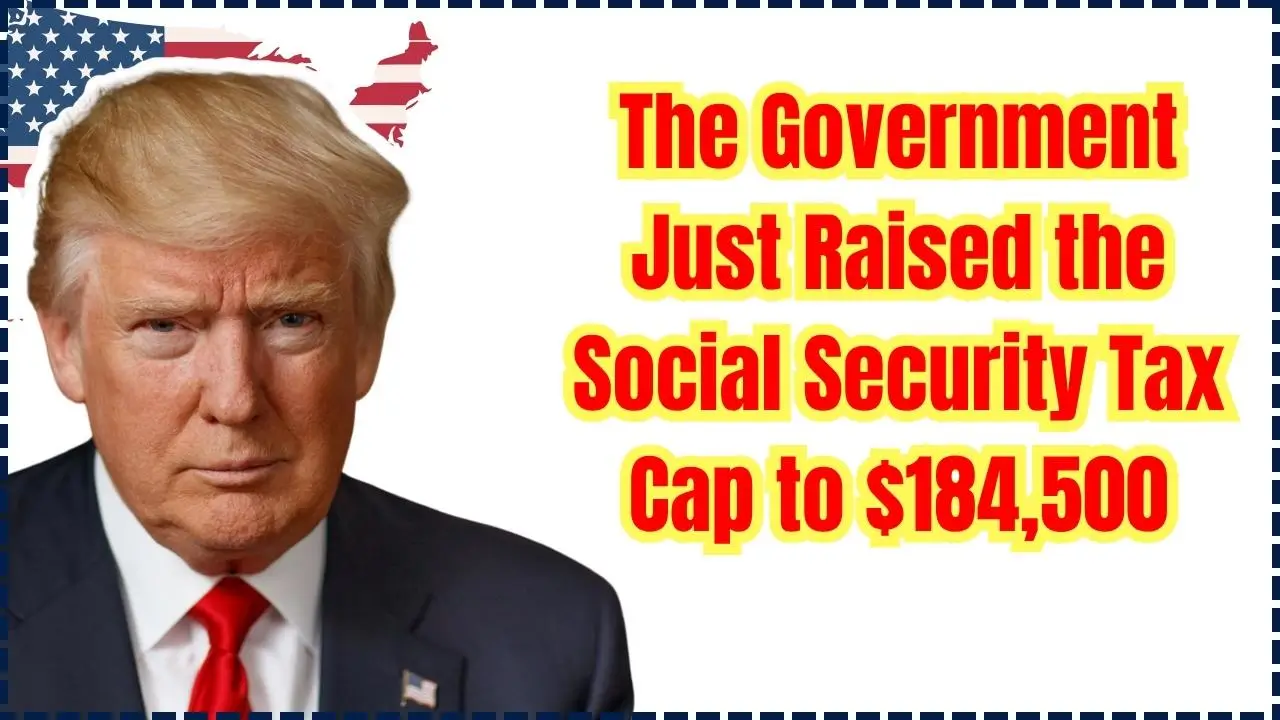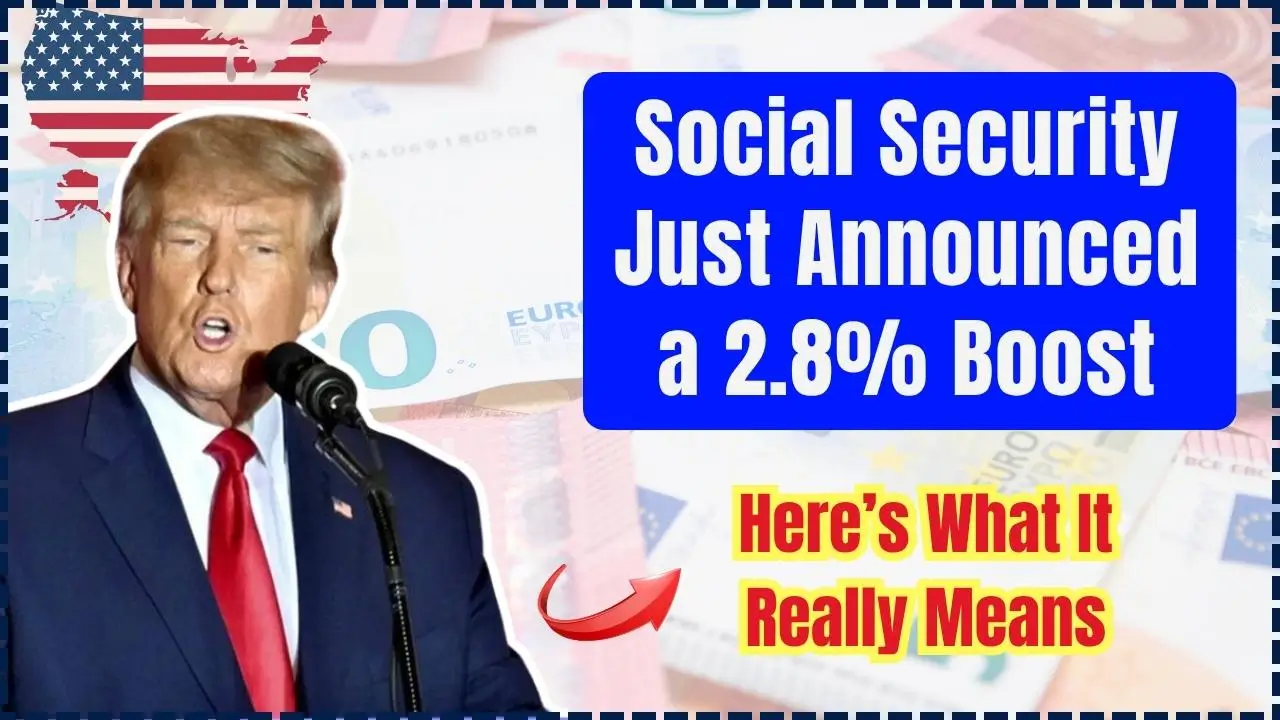U.S. President Donald Trump and Chinese President Xi Jinping met this week in Busan, South Korea, for their first face-to-face talks in six years. The goal: to prevent a new trade confrontation following Trump’s threat of 100% tariffs on Chinese imports. The high-stakes meeting may signal a fragile step toward easing global economic tensions.

Trump and Xi in High-Stakes Talks to Stop 100% Tariffs
| Key Fact | Detail |
|---|---|
| Meeting | Trump–Xi bilateral talks at APEC Summit, Busan |
| Tariff Threat | 100% duties on Chinese imports proposed by Trump |
| Immediate Outcome | Temporary suspension of new tariffs |
| Broader Issues | Trade, rare earths, fentanyl, and technology |
A Fragile Breakthrough
The October 30, 2025 meeting followed months of escalating rhetoric between Washington and Beijing. Trump had threatened to impose 100% tariffs on Chinese imports, accusing Beijing of “predatory trade practices” and “currency manipulation.”
After more than two hours of discussions, Trump declared the talks “productive and encouraging,” saying he would pause new tariffs “pending further progress.”
China’s Ministry of Commerce described the dialogue as “constructive,” emphasizing that both nations agreed to resume high-level economic and security consultations.
“We are entering a new stage of pragmatic cooperation,” said Vice Premier He Lifeng, China’s lead negotiator. “But progress will depend on mutual respect and equality.”
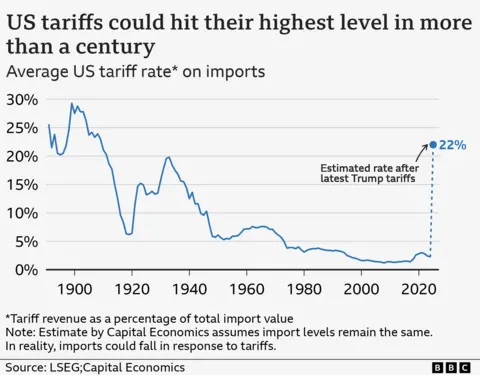
From Trade War to Tentative Truce
The latest talks mark a dramatic turn in a trade conflict that began in 2018, when the Trump administration imposed sweeping tariffs on Chinese goods to curb what it called “unfair trade practices.”
By 2019, both sides had levied duties worth more than $450 billion, prompting global market volatility. Though the Phase One trade deal of early 2020 temporarily eased tensions, structural issues — such as technology transfers, subsidies, and national security — remained unresolved.
Now, as Trump seeks reelection in 2026, the return to hardline trade politics reflects both economic strategy and political calculation.
“Trump wants to project toughness without triggering inflation ahead of the campaign,” said Dr. Susan Lin, an economist at the University of California, San Diego. “This meeting offers a chance to appear strong and pragmatic simultaneously.”
What’s at Stake for the Global Economy
The United States and China account for nearly 40% of global GDP and over $700 billion in annual bilateral trade. A tariff escalation could disrupt industries from agriculture to artificial intelligence.
The International Monetary Fund (IMF) warned that a 100% tariff policy could reduce global output by 1.2 percentage points next year, while the World Trade Organization (WTO) cautioned it might destabilize supply chains across Asia and Europe.
Beyond Tariffs: Tech, Drugs, and Minerals
While tariffs dominated headlines, the Busan meeting also tackled deeper issues: rare earths, synthetic opioids, and technology restrictions.
China supplies nearly 70% of the world’s rare-earth elements, critical for semiconductors and renewable energy. Recent Chinese export curbs have alarmed Western manufacturers, especially in electric vehicles (EVs) and defense.
Trump pressed Xi to ease those controls and strengthen cooperation on fentanyl precursors, which Washington links to the U.S. opioid crisis.
“The talks went beyond trade,” said Dr. Michael Tan of the Brookings Institution. “They were about setting guardrails for a relationship that’s spiraling into technological and security rivalry.”
Diplomatic Balancing and Political Optics
The summit carried major political stakes for both leaders. Trump, facing mounting inflation concerns and criticism over global instability, sought to demonstrate diplomatic skill. Xi, under pressure from a slowing Chinese economy and property market turmoil, aimed to project stability and control.
“Neither leader can afford failure,” said Chatham House analyst Rachel DuBois. “For Trump, a deal means economic momentum. For Xi, it’s about reassurance — that China can still shape global trade on its terms.”
Both delegations emphasized cooperation over confrontation, pledging to create a joint working group by December 2025 to draft a framework on tariffs, export controls, and intellectual property protections.
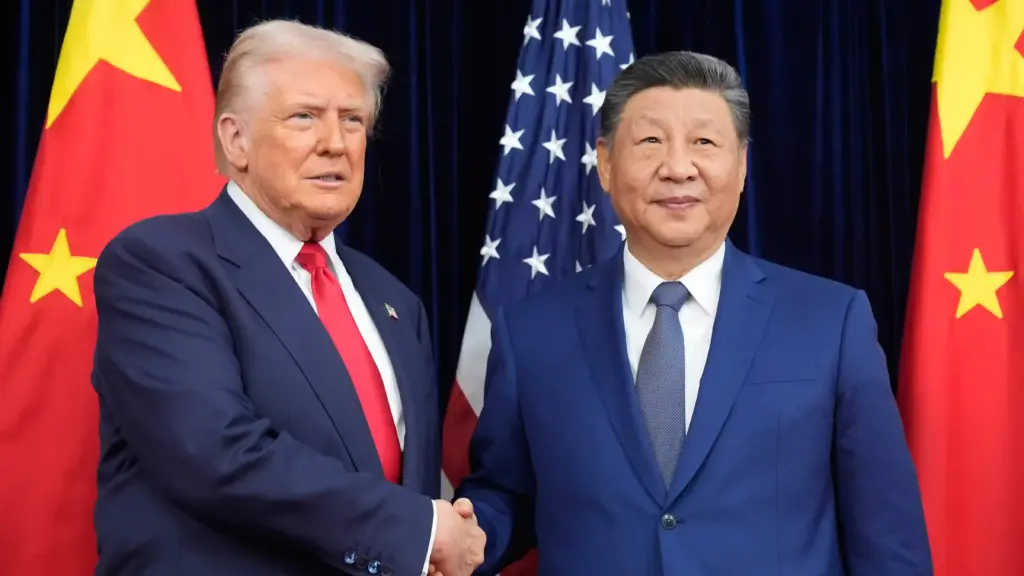
Market Response and Global Reactions
Markets reacted with cautious optimism. The Dow Jones Industrial Average rose 2.1% the day after the meeting, while the Shanghai Composite Index climbed 1.4%. Tech and manufacturing shares — including Apple, Boeing, and Caterpillar — posted gains of over 3%.
The European Union welcomed the de-escalation, stating it “supports any steps toward restoring global trade predictability.” India called for “inclusive dialogue,” highlighting how renewed U.S.-China cooperation could reshape Asia’s supply chains.
However, critics in Washington expressed skepticism. Senator Lindsey Graham (R-SC) said, “China has made promises before; the real test is enforcement.”
Related Links
A Pause, Not Peace
Despite the warm optics, analysts caution that the structural rivalry remains intact. From semiconductor restrictions to maritime disputes, competition continues to define U.S.-China relations.
“Think of this as a ceasefire in a long war,” said Dr. Evelyn Cho, senior fellow at the Peterson Institute for International Economics. “They’ve stopped the bleeding, but not healed the wound.”
For global markets, even a temporary pause offers relief. Yet the durability of this “Busan truce” will depend on whether upcoming technical talks deliver concrete results.
What Comes Next
Negotiators are expected to reconvene in Washington in December 2025, followed by ministerial-level meetings in Beijing early next year. Observers say the focus will shift to technology export controls and digital trade governance, areas increasingly central to global economic competition.
Until then, the tariff pause remains provisional — a symbolic reminder that in a world shaped by interdependence, neither superpower can afford unchecked confrontation.
